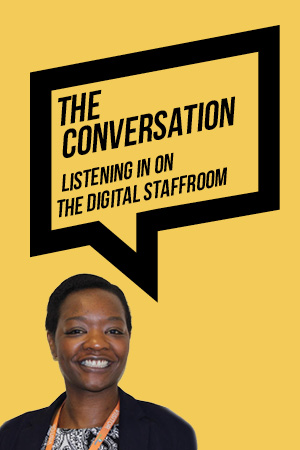Five ways to ensure that your teaching of reading is effective
@Suchmo83
How to approach the teaching of reading is often thought of as a question for primary teachers. Christopher Such’s latest book, in fact, is focused on it. But it’s one we secondary teachers ask ourselves too. And thankfully, Such has us covered with this thread of blogs, which will come in handy at my school, as we embed our Reading Is Power initiative.
Such presents a succinct summary of five key area for us to consider: how phonics is monitored, how reading fluency is taught and assessed, how much decoding children do each week, how vocabulary development is supported, and whether the rest of the curriculum builds children’s knowledge of the world.
Such keeps this simple on the surface but these five key areas are used to guide us into the depth and detail required to develop effective practices at both primary and secondary. An accessible, practical and impactful read.
Checking for Understanding
@Tom_Needham_
This week, I’ve been reflecting on the progress of a year 10 class and their security of understanding. As an ECF mentor, I’ve also been discussing the modelling process with a mentee. Ensuring our students’ understanding is secure is fundamental to successful learning and progression, and this post by Tom Needham has proved useful reading in both of my roles.
Here, Needham breaks down the I/we/you stages via series of tables. And by chunking the process into very clear and precise stages, his blog certainly reduced my cognitive load at this busy point in the term. Yet for its easy accessibility, this is a detailed guide illuminated with precise examples. An invaluable insight into the hidden, intricate thinking that gives modelling its power.
5 reasons that your organisation needs to embrace diverse thinking
@Angela__Browne
Angela Browne is a leading light on discussions about diversity in schools and on supporting women into and in leadership. In this post, she explores the idea of creating not just diverse but luminary workplaces through five key instructions: Tackle organisational ideas with fresh eyes; Create belonging; Understand your communities; Build resilience; Unlock creativity and innovation.
The blog’s key insight for leaders or aspiring leaders is the link between culture and organisational structures. If we truly want to make team members “feel seen, heard and that they belong to a team in which their views matter”, then we must ensure not just our words but out infrastructure supports them to share ideas “safely and productively”. Leading on to the idea of psychological safety, Browne makes a compelling case for how to make our organisations successfully inclusive.
Qualities of silence
@bennewmark
Newmark’s reflections on life at Lodge Park Academy show how strong the culture they have created and maintained there is. This blog resonated with me as I have worked in some very noisy schools – some because of building design, others where the active pursuit of silence has not been high on the agenda. Here, Newmark explores the significance of silence in classrooms, stating “We are not afraid of silence – we embrace it.”
Presenting silence as a result of routines, clear expectations and an understanding of how it supports quality learning, the idea of the “calmness and stillness it brings” made me consider how I respond to silence and how some pupils with neuro-diverse needs require it to work well and self-regulate.
Would we all benefit from more points of considered silence in the school day? Could we look at the impact of silence on learning and progression? What are the pinch points in the day when noise impacts on our wellbeing?
This blog has made me reflect on the tangibility of silence. “We like how silences are different – how some are filled with peace and some are prickly with pleasant anticipation.” What better words could there be to encourage us to consider the value of silences, not as voids to be filled but as textured experiences that benefit the whole school community?













Your thoughts